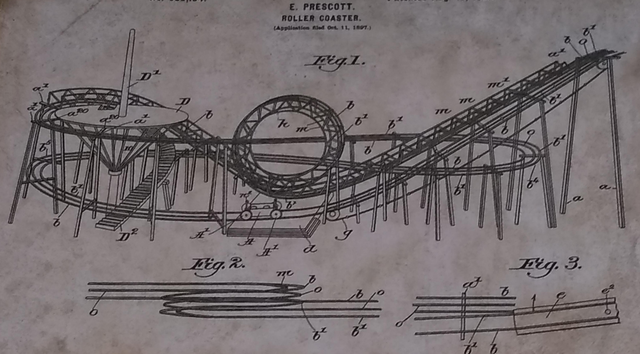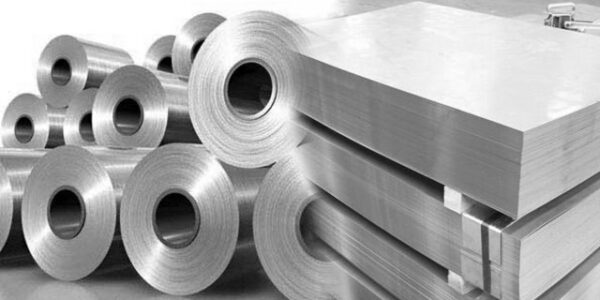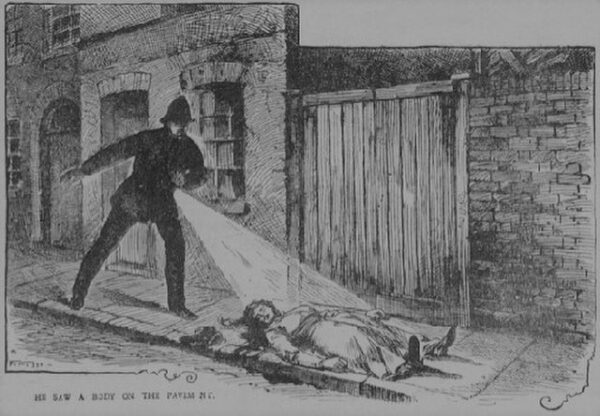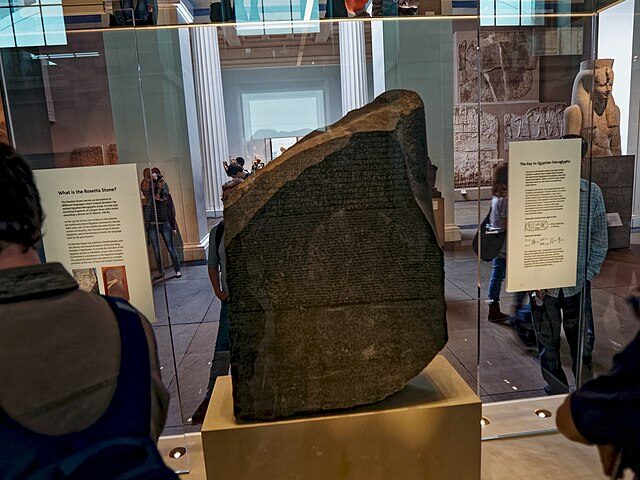On June 16, 1884, Americans visiting Coney Island in New York experienced the thrill of a lifetime when the first roller coaster in the United States opened to the public. Invented and built by LaMarcus Thompson, known as “the Father of the Gravity Ride,” the new ride, a 600-foot switchback railway with a top speed of 6 miles (9 km) per hour, was an instant success. Costing only a nickel, Thompsons “Switchback Railway” recouped his investment of $1,600 in less than a month.
The History Channel writes, “Coney Island, a name believed to have come from the Dutch Konijn Eilandt, or Rabbit Island, is a tract of land along the Atlantic Ocean discovered by explorer Henry Hudson in 1609. The first hotel opened at Coney Island in 1829 and by the post-Civil War years, the area was an established resort with theaters, restaurants and a race track. Between 1897 and 1904, three amusement parks sprang up at Coney Island–Dreamland, Luna Park and Steeplechase. By the 1920s, Coney Island was reachable by subway and summer crowds of a million people a day flocked there for rides, games, sideshows, the beach and the two-and-a-half-mile boardwalk, completed in 1923.
The hot dog is said to have been invented at Coney Island in 1867 by Charles Feltman. In 1916, a nickel hot dog stand called Nathan’s was opened by a former Feltman employee and went on to become a Coney Island institution and international franchise. Today, Nathan’s is famous not only for its hot dogs but its hot dog-eating contest, held each Fourth of July in Coney Island.
Roller coasters and amusement parks experienced a decline during the Great Depression and World War II, when Americans had less cash to spend on entertainment. Finally, in 1955, the opening of Disneyland in Anaheim, California, signaled the advent of the modern theme park and a rebirth of the roller coaster. Disneyland’s success sparked a wave of new parks and coasters. By the 1970s, parks were competing to create the most thrilling rides.
By the mid-1960s, the major amusement parks at Coney Island had shut down and the area acquired a seedy image. In recent decades it has been revitalized, however, and remains a popular tourist attraction. It’s still home to the Cyclone, a wooden coaster that made its debut in 1927. Capable of speeds of 60 mph and with an 85-foot drop, the Cyclone is one of the country’s oldest coasters in operation today.
In the 1970s, the introduction of steel roller coasters marked a major turning point for amusement parks all over the United States. These coasters were built using high-strength steel and could reach higher speeds and greater heights than their wooden counterparts. The first steel coaster was the Matterhorn Bobsleds at Disneyland, which opened in 1959. However, it wasn’t until the introduction of Arrow Dynamics’ Corkscrew coaster in 1975 that steel coasters became extremely popular among thrill seekers.
The 1980s and 1990s saw a boom in steel coaster construction, with parks competing to build the tallest, fastest, and most intense rides. The 1990s also saw the introduction of inverted coasters, which suspended riders beneath the track and allowed for even more intense maneuvers.
Today, amusement parks like Cedar Point in Sandusky, Ohio, continue to push the limits of what is possible and recently added the Wild Mouse attraction, which gives nods to Thompson’s original 1884 “switchbacks” while incorporating all the fun stuff you can do with a steel ride.






